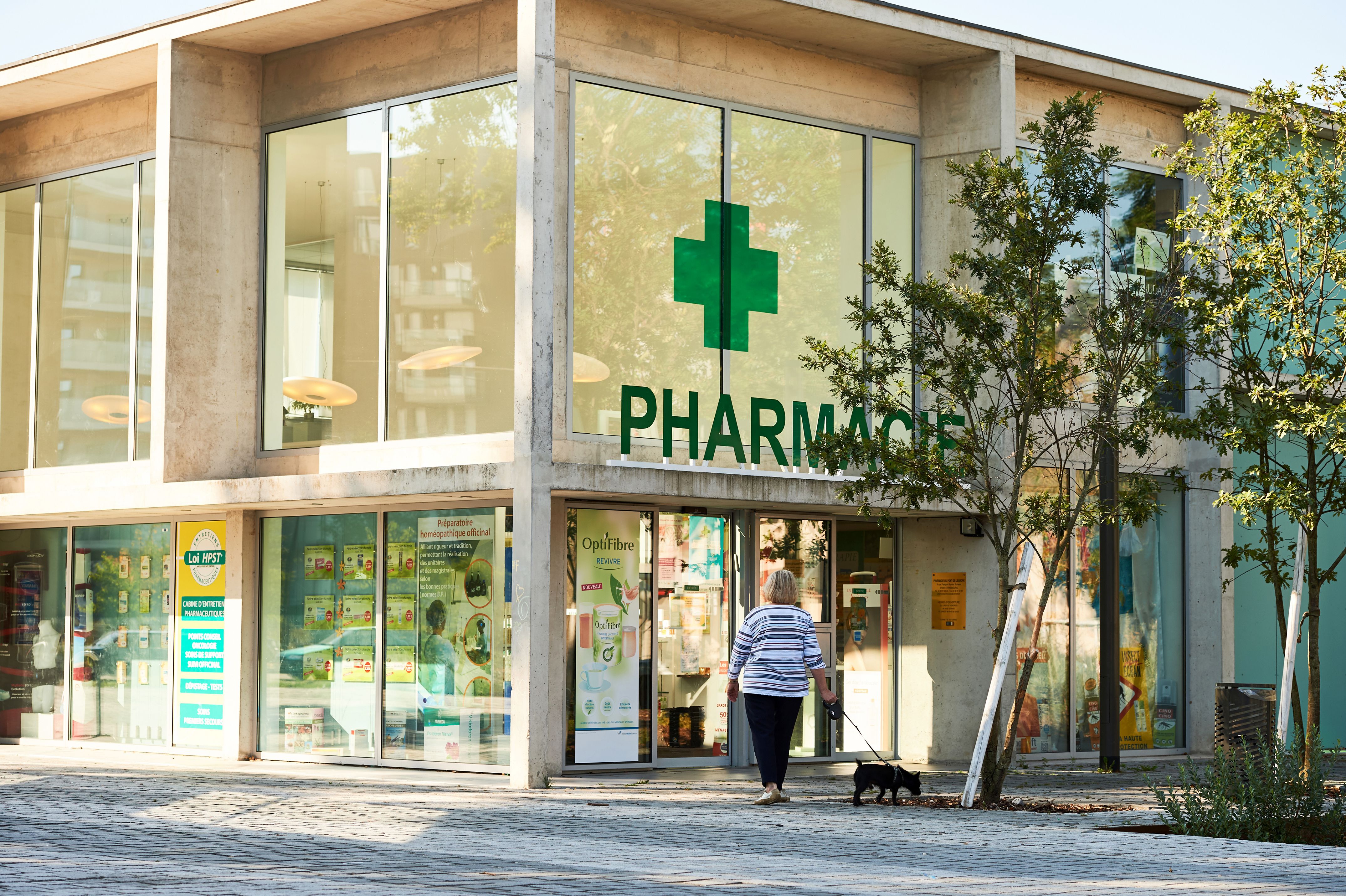Commentary
Article
Think Outside the Box for Front-End Profit Opportunities in the Pharmacy
Author(s):
Taking steps to improve front-end sales takes some time and out-of-the-box thinking, but it can prove profitable and improve word-of-mouth recommendations.
Many pharmacy owners complain that they cannot compete on the front end with chain pharmacies because they just can’t buy products at competitive prices.But this does not mean pharmacy owners should disregard the importance of the front end. One common refrain is that the front end may only account for 5% to 10% of sales, but it accounts for 80% to 90% of the pharmacy’s image.
Image credit: ifeelstock | stock.adobe.com

With just a little bit of thinking, pharmacy owners can come up with hundreds of items to sell that will enhance the pharmacy’s health care image and generate much needed profit. Some pharmacies have gotten into “stylish” compression hose and professional grade nutraceuticals.There are items that support a healthy lifestyle, like fitness balls, elastic exercise bands, and yoga mats. Also consider professional grade humidifiers, air purifiers, and electrostatic furnace filters, or sleeping aids such as face masks, ear plugs, neck pillows, and white noise machines.
True, these are niche items without a big following, but with some passionate support, creative merchandizing, and targeted marketing, pharmacies can sell one or more of these categories at attractive margins. To generate interest, pharmacy owners should first review patient profiles and create mailers directed at customers with some indication that the featured product or service could be right for them.
Because sales are often slow on classic OTC items, too many pharmacies have adopted the stock-one, sell-one, buy-one practice. They rationalize that because their point-of-sale will automatically re-order it, there is no need to put several items on the shelf. The problem is that consumers are programmed to avoid taking the last item, so by stocking only one, pharmacies will often find that they actually sell none. One good rule of thumb is that almost every item deserves to have a minimum shelf quantity of 3.
The artistic use of shelf talkers and other point-of-purchase materials is important. And remember, not all self-signs need to advertise a sale price. Shelf signs drawing attention to new items, items with a seasonal appeal, or items specially selected and recommended by the pharmacist are all excellent ways to increase sales without lowering the price.
Many pharmacies have improved front-end sales by not closing out prescription sales at the pharmacy counter. The process is rather simple: when a patient picks up their prescription, they are provided with counseling, their prescription is placed in a tote, and then they are directed to the front of the store to check out. This means patients have not put their wallets back in their purse or pocket and are much more likely to purchase other items while walking to the checkout counter.
If someone walks out without paying for their prescription, no problem. The POS and pharmacy system talk to each other at the end of the day and if a script is not closed out, a simple call to the patient brings them back to the store, often with a profound apology. And, when they come back, it is not uncommon for them to make a front-end purchase.
One last idea: consider starting a special-order program. Wholesalers have tens of thousands of products in stock that can be ordered today and in the pharmacy tomorrow. Use signs and bag-clippers to let customers know that unusual items are available for them. Over time, pharmacies can turn special orders into a nice business.
Develop a form for taking down the order information from the customer with a tear off portion, one for the customer and one for store use. Place the order, and when it comes in call the customer and let them know it has arrived and is ready for pick-up. In many cases the customer will sheepishly say they no longer need it because they found it elsewhere. This is great news, because it gives the pharmacy worker a chance to say, “That’s wonderful, I am glad you got what you needed. No problem, I can return it to my supplier. I am happy we could try to help, and please let us know next time you are looking for something special. We are here to help.” The program will actually grow much faster via word of mouth from consumers who ordered but failed to buy, because they will be impressed with the customer friendly way the event was handled.
Front-end sales are cash sales. Taking steps to improve them takes some time and out-of-the-box thinking, but if done right, it can prove profitable and improve word-of-mouth recommendations.





